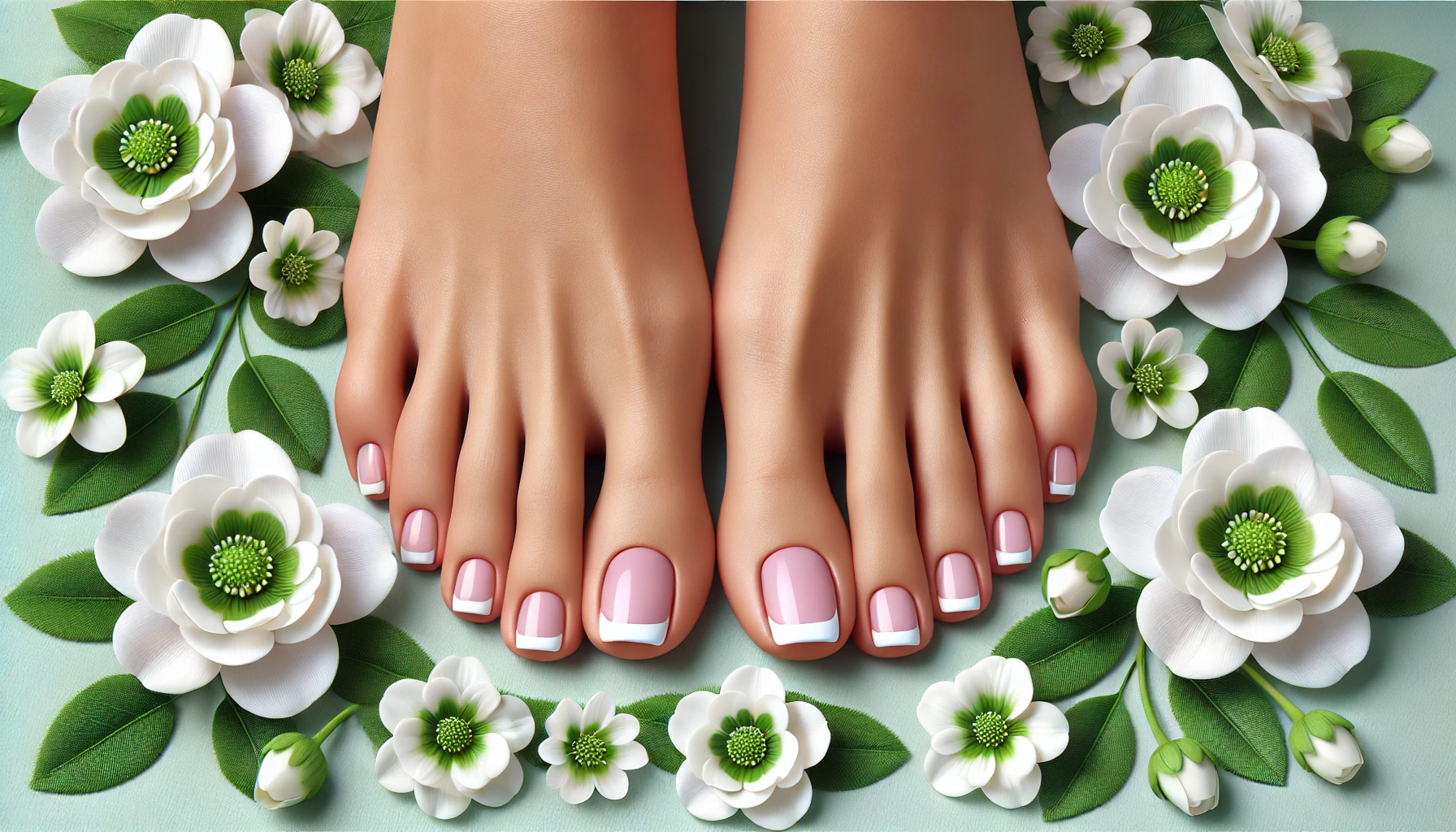Check out this answer from Consensus:
The treatment of toenail fungus involves a variety of options, each with its own benefits and limitations. Oral antifungal medications like terbinafine and azoles are highly effective but may have side effects. Topical treatments such as efinaconazole and tavaborole offer a safer alternative with moderate efficacy. Device-based treatments, including laser therapy and PDT, provide additional options, particularly for those who cannot tolerate systemic medications. Consulting a healthcare provider is essential to determine the most appropriate treatment based on individual needs and medical history.
Toenail fungus, also known as onychomycosis, is a common condition that can cause the toenails to become discolored, thickened, and brittle. Effective treatment is essential to restore the nail’s health and appearance. This article explores various treatment options, including oral medications, topical treatments, and device-based therapies.
Oral Antifungal Medications
Terbinafine and Azoles
Oral antifungal medications are often considered the most effective treatment for toenail fungus. Terbinafine and azoles (such as itraconazole) are commonly prescribed. Terbinafine has been shown to be more effective than placebo in achieving both clinical and mycological cure, with a risk ratio (RR) of 6.00 for clinical cure and 4.53 for mycological cure1. Azoles also demonstrate high efficacy, with an RR of 22.18 for clinical cure and 5.86 for mycological cure1.
Comparative Efficacy
A systematic review and network meta-analysis found that albaconazole, posaconazole, and terbinafine were among the most effective oral treatments for onychomycosis, with terbinafine showing a particularly favorable profile3. Another study comparing terbinafine and itraconazole found that terbinafine had higher rates of clinical and mycological cure at follow-up7.
Topical Treatments
Efinaconazole and Tavaborole
Topical treatments are an alternative for those who cannot take oral medications. Efinaconazole 10% solution has shown significant efficacy, with mycologic cure rates of 55.2% and 53.4% in two studies, and complete cure rates of 17.8% and 15.2%6. Tavaborole 5% solution also demonstrated favorable results, with complete cure rates of 6.5% and 9.1% and mycologic cure rates of 31.1% to 35.9%10.
Ciclopirox and Other Topicals
Ciclopirox 8% lacquer may be effective in achieving complete and mycological cure, although the evidence is of moderate quality2. However, the cure rates with ciclopirox are generally lower compared to efinaconazole and tavaborole.
Device-Based Treatments
Laser Therapy
Laser treatment is a newer option for toenail fungus. An infrared pulsed laser has shown promising results, with 79% of treated toes improving significantly over 90 days following a single treatment9. However, more research is needed to confirm its long-term efficacy and safety.
Photodynamic Therapy
Photodynamic therapy (PDT) using methylene blue (MB) or flavin mononucleotide (FMN) has also been explored. A study found that PDT with 2% MB cream and 0.1% FMN cream achieved higher cure rates, with mycological cure rates of 70% and complete cure rates of up to 50%5.
